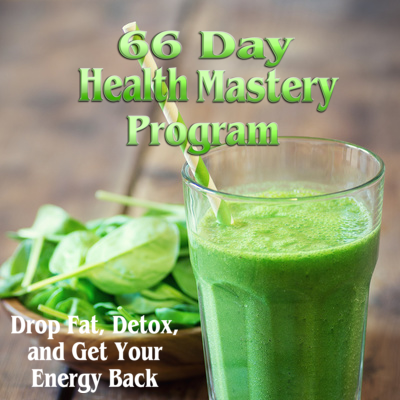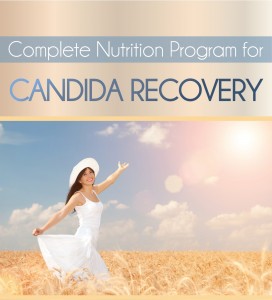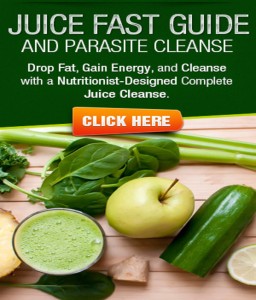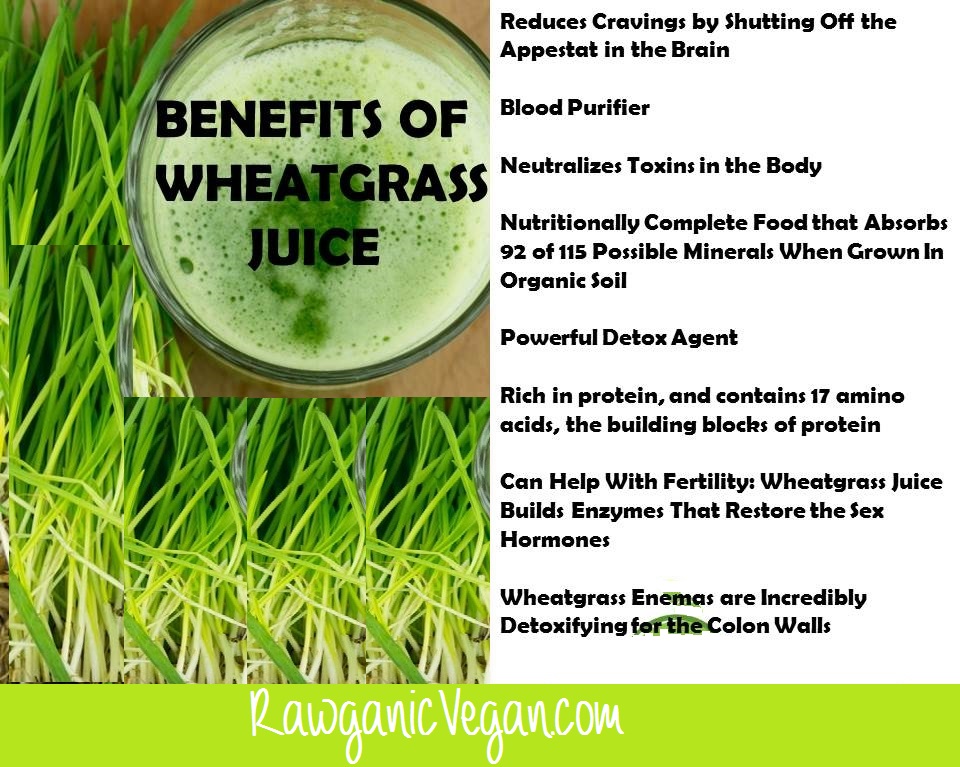Here’s a sobering statistic: In 2012, Americans ate over 1 BILLION pounds of shrimp, and only 10 percent was US farmed and wild caught. Most came from shrimp farms in South America and Asia. The problem? Unregulated shrimp farming practices that result in shrimp contaminated with waste, and treated with FDA banned chemicals and antibiotics.
As an evidence based clinical nutritionist, I advocate a vegan low fat diet as the most direct route to health. But surprisingly, many people I speak to consider themselves “vegetarian” or “plant based”, while eating fish and shrimp. Aside from the seemingly odd characterization of what “plant based” or “vegetarian” means, it is perfectly understandable that people have been led to believe in the media that fish and shrimp are somehow healthy. Aside from extensive research which contradicts that (which is not the topic of this post), I wanted to highlight the particular dangers of consuming shrimp, as I find in practice that it is one of the most commonly consumed “health” foods.
Shrimp today can be either farmed or wild, and most of what is for sale commercially is farmed overseas.
FARMED SHRIMP
Shrimp farms use practices similar to cattle feed-lots, using overcrowded ponds that are often contaminated and dirty as the shrimp are quickly fattened up. The filth in the ponds leads to the use of commercial grade fungicides and pesticides in order to keep infections at bay. Additionally, shrimp coming from overseas often come from fisheries where FDA-banned antibiotics are used, and since the FDA only inspects about 2% of all seafood imports, most are never caught.
The environmental concerns of shrimp farming are serious as well. In overseas shrimp farming operations which are not regulated, waste water from the ponds is dumped onto the land, or into the oceans, untreated and contaminated with fecal matter.
WILD SHRIMP: Sodium Bisulfite, STP and Everfresh
Wild shrimp used to go directly from the ocean to the freezer, and stored on ice boats in the interim. However, since the 1980’s, commercial fishing operations have changed how they do business and go out for weeks at a time to get larger hauls. This practice means that they now have to use preservatives while they are out at sea, in order to keep the fish fresh for long periods of time. Shrimp are typically flash frozen in a chill tank filled with salt, water and sodium bisulfite. Sodium bisulfate is a commercial bleaching agent that slows decomposition of the body.
Once at the processing plant, the wild/frozen shrimp are assaulted with yet another chemical: sodium tripolyphosphate (STP). STP is a rehydrating agent that bulks up the shrimp, and increases the sodium content by as much as 4 times the amount naturally present in shrimp.
A third chemical applied to wild shrimp is called Everfresh. Everfresh is made of 4-hexyl-resorcinol, and is used to prevent black spots from forming on the shells of shrimp. Shockingly, even though this toxin is considered a xenoestrogen which can increase the risk of breast cancer in women, it is acceptable by the FDA, does NOT require labeling, and is considered to be acceptable even in organic labeled shrimp.
Avoiding both farmed and wild shrimp is the best assurance you have that you will not be consuming toxic waste, banned antibiotics, and cancer-promoting preservatives. Keep your diet clean, plant based, and organic and your body will thank you.

